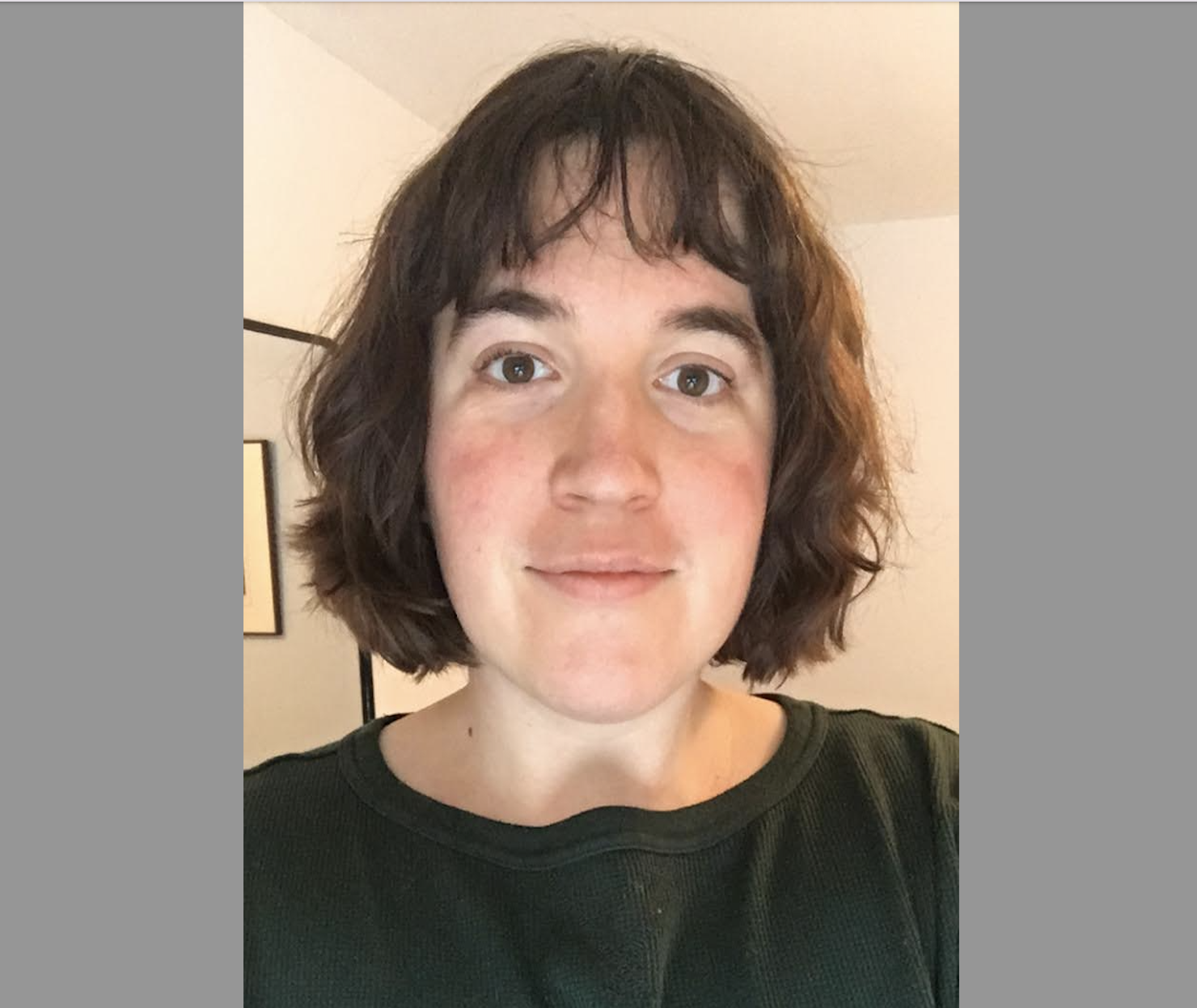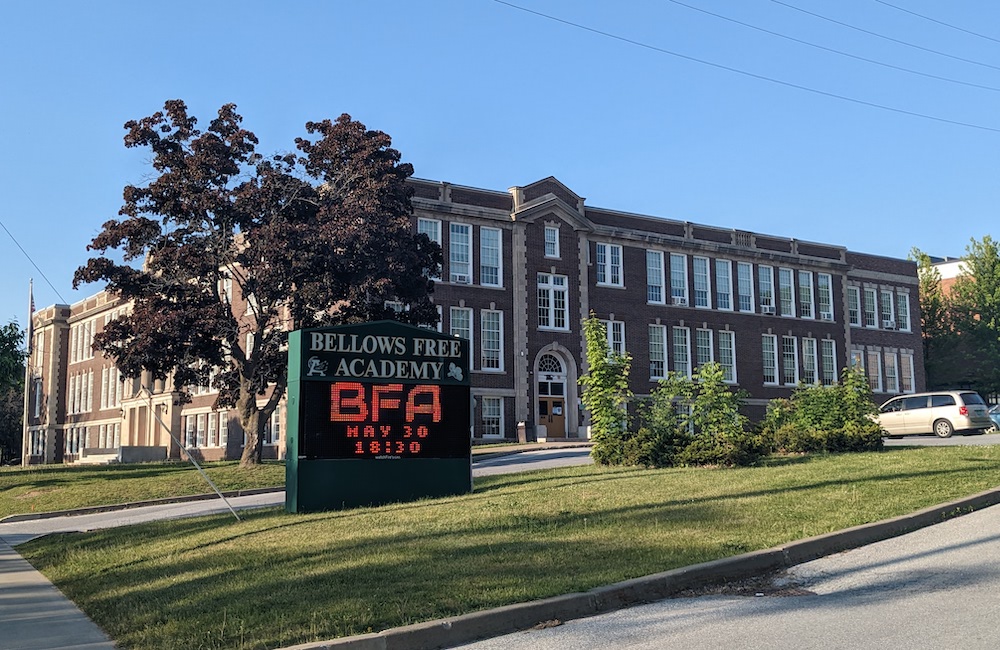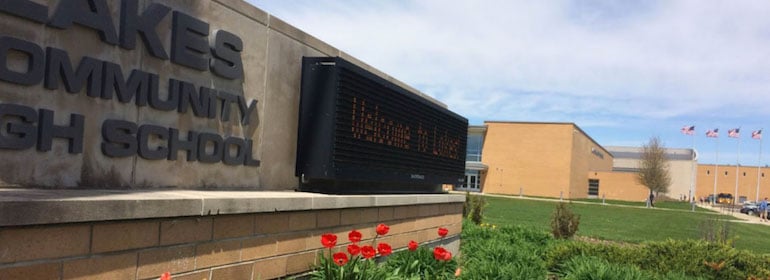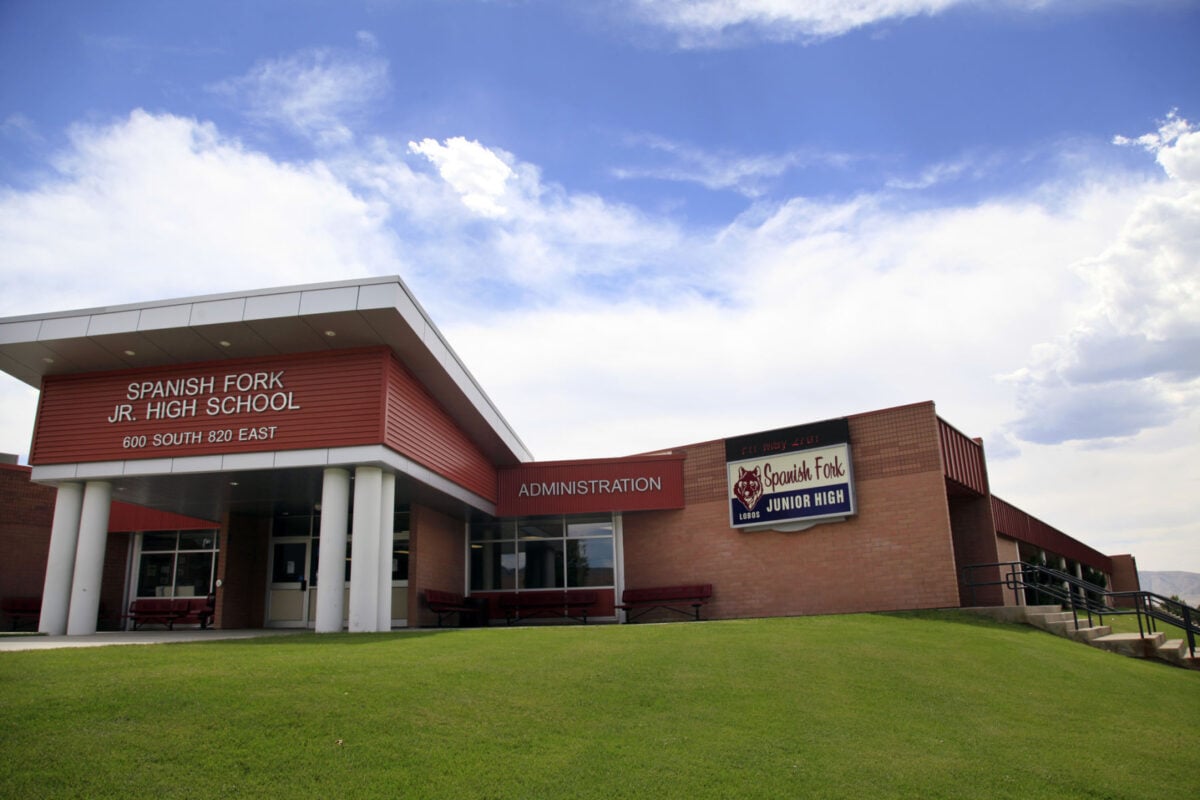With the arrival of hot days and end-of-school celebrations comes talk of an unwelcome guest: the “summer slide.” The summer slide is a nickname for the summer learning loss that occurs when students begin a new school year at a lower academic level than when they ended the previous year.
Research on summer learning loss indicates that students lose about a month of learning over the summer. Some studies suggest that summer widens the achievement gap, with lower income students having greater academic losses than their higher income peers.
With students already behind in academics, districts can’t afford to lose any more progress to the summer slide. That’s why they’re looking for actionable strategies and advice from other educators with a plan for summer.
Maple Run Unified School District in northwest Vermont rebuilt its approach to summer programming using data, compassion, empathy—and funding. One of the largest districts in Vermont, Maple Run consists of five schools and 2,700 students. Assistant Superintendent John Muldoon shared how his district discovered an opportunity with summer learning and incorporated family voice and feedback into their solutions.
1. Don’t Make Assumptions—Look at the Data First
Maple Run thought they had summer under control. Tackling transitions between buildings had always been a priority for the district, since it serves students coming from many different towns. With Panorama Student Success, students’ information could easily travel from school to school so teachers would have immediate access to intervention plans, test scores, and behavior reports.
But academic reporting in Panorama showed that something else was afoot.
“We were actually seeing some concerning data about learning loss between school years—even for students who we had done a really great job of transition planning for,” said Muldoon. “We felt that summer was a huge missed opportunity.”
"Using our Panorama dashboard, we looked at the results of our universal screenings in math and literacy and made comparisons from spring of one year to fall of the next year," Muldoon explained. "For our more at-risk populations, we also compared diagnostic data over the same period."
If Maple Run hadn’t been monitoring students’ data so carefully, these students would have fallen through the cracks. Next, the district went to the community for guidance on addressing this learning loss.

2. Get Community Feedback
The best way for districts to understand what goes on outside of school buildings over the summer is to hear directly from families. That’s why Maple Run began networking in the community to discover the challenges of summer learning. They administered the Family-School Relationships Survey through Panorama to gather community feedback and better understand the challenges facing parents and families.
So, what did families cite as the #1 barrier to summer learning? Childcare.
“We have a tradition here of running short-day, weeklong camps in our schools over the summer,” explained Muldoon. “What we realized in talking to families is that we completely missed the mark in terms of childcare. In talking with those families and their students, the concern was that their kids are home all day in the summer, unsupervised or with minimal supervision.”
This eye-opening feedback inspired the district to redesign its summer programs. “We've partnered with the Recreation Department and some community organizations around summer programming that engage kids for a full day—actually even a longer time than they would if they were in school,” said Muldoon.
By collecting and acting on feedback, Maple Run showed its commitment to family engagement and student success.
![]()
3. Prioritize Literacy—But Get Creative
Despite the popularity of summer reading programs in schools and libraries, Muldoon acknowledges that sometimes you have to be creative in getting books into kids’ hands.
“We’ve taken the opportunity to rally the community around reading," he said. "We have mobilized resources in the school to push in and provide some summer appropriate, non-intensive academic engagement for students around literacy."
BookMobile
Maple Run has a partnership with the Franklin Grand Isle Bookmobile, a mobile library that travels around northwestern Vermont bringing books to students and families.
“They've even let me drive it a few times!” Muldoon added. “The Bookmobile goes to individual houses if we sign kids up over the summer. They let kids check out books, they give away books, and engage the students in some learning activities.”
The Bookmobile can also be spotted at daycares, camps, and farmers’ markets throughout the summer giving away books, doing literacy games, and overall encouraging a love of reading.
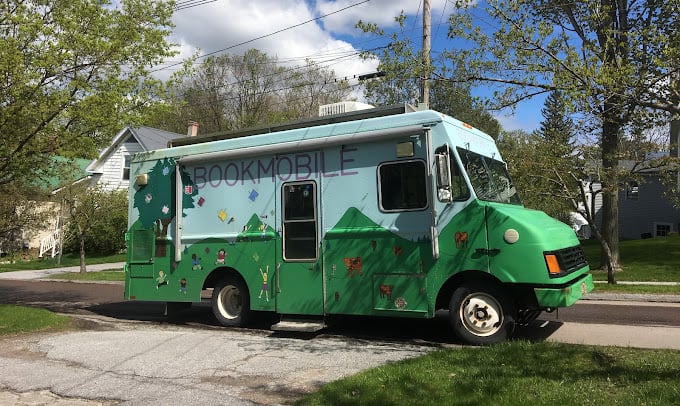
Franklin Grand Isle Bookmobile
Partnering with Pediatricians
The district had previously offered a free book program to families, but had very few people signing up. To make the process super easy and convenient, they started teaming up with local pediatricians because of their connection to children.
“We're working with local pediatricians to sign every school age child up for a free book program where they get books delivered in the mail every month," Muldoon explained. "We asked the pediatricians to have families fill out the form right there in the office, and then the district would collect all the forms once a month. That way it’s an easy lift on everyone, and more kids get access to free books.”
The best part of these summer reading programs? “All of this is free and funded with either grants or out of the goodness of people's hearts in our wonderful community,” Muldoon shared.
4. Build Trust and Transparency for School Board Buy-In
The reality is that in order to launch quality summer programs to prevent summer learning loss, you need budget approval. To get school board buy-in on a budget proposal, John Muldoon says it’s essential to show the real impact with data.
“In many Vermont communities such as ours, budgets are very fiscally conservative. There's a lot of concern about how much money we spend here," Muldoon explains. "So, many of the community issues that have come up have prompted a question about what data we have related to that.”
For example, Muldoon cites the news about low math and reading NAEP scores striking a chord with the community. To counter these concerns, the district was able to use Panorama reports to show the impact on student success.
“No matter what the national or local news is—or what the people at our board meetings are interested in—I can pull up data in Panorama that is real and relevant about our kids and engage the community in conversations about that," Muldoon said. "I think that level of engagement and trust and accessibility to the data makes it very transparent for the community.”
A Path to Victory
Having the data to back up Maple Run's proposals paid off: “This year, for the first time ever, we had a huge margin of victory when our budget passed,” Muldoon said. “Our budget might not seem like a big deal to other school districts, but that it passed in its first try at town meeting with a 2 to 1 margin is really a huge vote of confidence in the school and our staff."
“I really credit the accessibility of data and the ease of engaging the community around what our kids are going through and what they're saying as being key to that,” he added.


